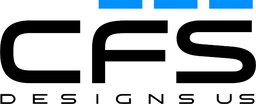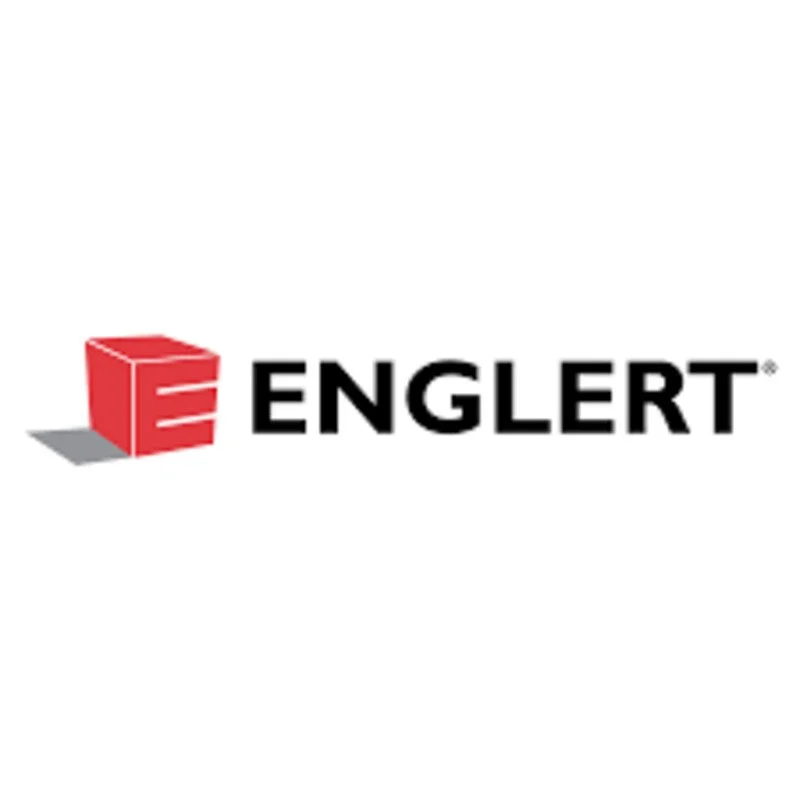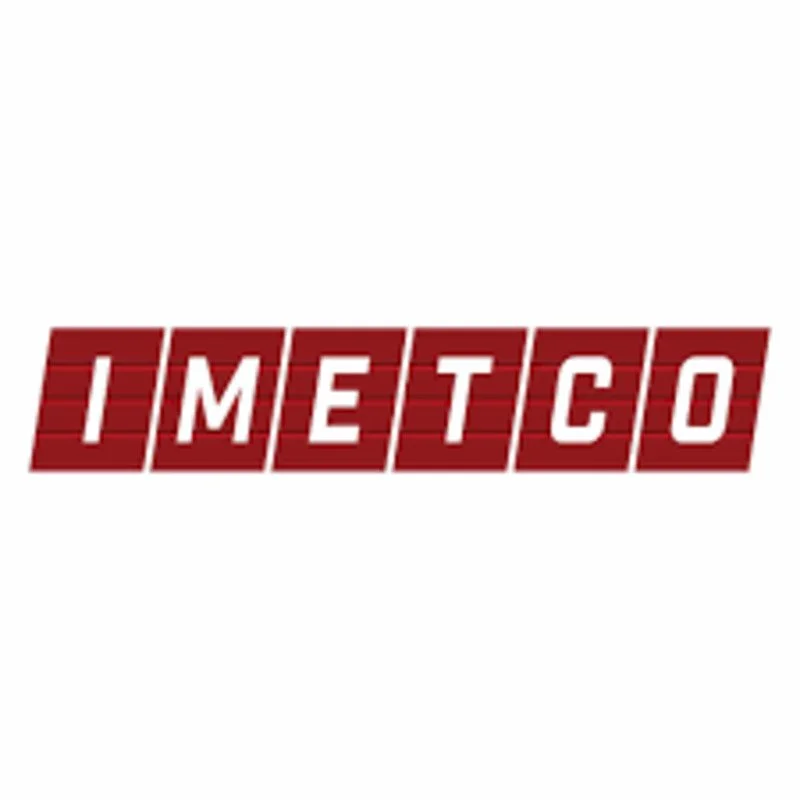Aluminum Composite Metal (ACM)
Aluminum Composite Material (ACM) is a versatile material used in construction and design applications. It is a lightweight, flat panel made from two thin layers of aluminum bonded to a plastic core, typically polyethylene.
Benefits of using ACM:
Lightweight: ACM panels are significantly lighter than solid aluminum panels, making them easier to install and handle.
Durable: ACM is resistant to corrosion, weathering, and fading.
Versatile: ACM can be cut, routed, bent, and shaped into a variety of forms.
Low maintenance: ACM panels are easy to clean and maintain.
Fire resistance: Some ACM panels have fire-resistant cores.
Fiber Cement (FC)
High-density fiber cement is a composite material made with cement, fillers, and fibers, offering superior strength, water resistance, and durability. This makes it a popular choice for building facades, countertops, and other applications that demand a tough and attractive material.
Benefits of using high-density fiber cement:
Durability: Due to its high density, it boasts superior strength, impact resistance, and dimensional stability compared to medium-density fiber cement. This translates to a longer lifespan and better handling of wear and tear.
Weather Resistance: The low water absorption property makes it ideal for exterior applications. It can withstand harsh weather conditions without warping, rotting, or deteriorating. This eliminates the need for frequent replacements and repairs.
Flashing and Miscellanous Metals
ATAS single-skin metal panels are lightweight, cost-effective sheets used for building exteriors. They come in various shapes, colors, and finishes like steel or aluminum. Unlike insulated panels, they provide a decorative exterior layer but minimal insulation.
Benefits of using single-skin metal panels:
Cost-effective: Affordable option for exterior cladding.
Lightweight: Easy to transport and install, reducing construction costs.
Design Flexibility: Wide variety of colors, textures, and finishes for a customized look.
Low Maintenance: Requires minimal upkeep compared to other materials
Flashing and trim will use galvanized steel for durability, with stainless steel for high-moisture areas and a polished look. Aluminum is an option for non-structural accents, especially pre-painted to match cladding. Consider color-matched galvanized steel or pre-painted aluminum for a cohesive look.
Benifets of using flashing and trims:
Waterproofing: Channels water away from building envelope, preventing leaks and damage.
Durability: Made from long-lasting materials like galvanized steel or stainless steel.
Versatility: Can be used with various cladding materials and building styles.
Sub-construction acts like the hidden bones of a building's exterior. It provides support and structure for the final cladding materials like panels or siding.
Benifets of using different types of metals for sub-construction:
Galvanized Steel: Affordable, durable, good for most applications.
Stainless Steel: High-moisture areas, sleek look (consider grades for corrosion).
Aluminum: Lightweight, budget-friendly, best for low-moisture areas (check cladding compatibility).
Interior Acoustic Plaster (Fade)
Interior acoustic plaster is a type of wall or ceiling finish that combines sound absorption with a smooth, seamless look. Unlike traditional soundproofing materials that might be bulky or visually jarring, acoustic plaster offers a discreet solution for noise control.
Benifets of using interior acoustic plaster:
Noise absorption: The key benefit is its ability to reduce echo and reverberation, creating a quieter and more pleasant environment. This can be especially helpful in spaces like home theaters, offices, restaurants, and auditoriums.
Aesthetics: Unlike soundproofing panels, acoustic plaster offers a smooth, elegant finish that can be painted to match your decor. This allows for greater design flexibility and a more integrated look.
Versatility: Acoustic plaster can be applied to various surfaces, including flat walls, curved ceilings, and even domes. This makes it a suitable solution for a wider range of architectural styles.
Durability: Made with fire-resistant and long-lasting materials, acoustic plaster is a dependable solution for long-term noise control.
Easy maintenance: Most acoustic plaster can be easily cleaned with vacuuming or light washing.











